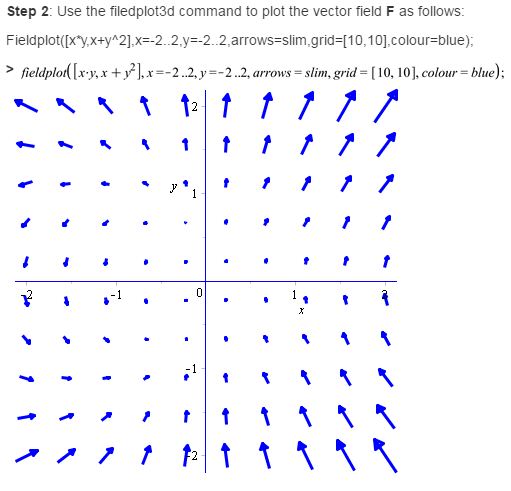
V S whereV is a small volume bounded by a surfaceSwhich has outward-pointing normal n.The curl of a gradient of a twice-differentiable scalar field is zero:Ĭonservative forces can be written as gradients of a scalar potential, so this means these forces are irrotational. Three vector calculus operations which find many applications in physics are: 1. Vector Integral Theorems Alternative Denitions of divergence and curl (1) An alternative denition ofdivergenceis given by ·F limndS, V0 ZZ F Operator notation edit Gradient edit Main article: Gradient For a function in three-dimensional Cartesian coordinate variables, the gradient is the vector field: where i, j, k are the standard unit vectors for the x, y, z -axes. Proving the curl of the gradient of a vector is 0 using index notation. Comparing the vector results and formulas you will learn here with the scalar ones you already know will greatly simplify the study and the understanding of the. Viewed 800 times 0 begingroup I have a problem proving these formulas using Einstein index notation. The second identity I left you as an exercise. But you can use this identity: G × ( × F) (G )F G F together with identity (F G) F G + G F they solve your first question too. Ask Question Asked 4 years, 3 months ago. This can not be done with standard vector calculus notation.

I can follow the proofs for these identities, but I struggle to intuitively understand why they must be true: The following are important identities involving derivatives and integrals in vector calculus. Vector calculus identities using Einstein index-notation. In standard vector notation, a vector A may be written in component form as A A x i+A y j+A z k (5) Using index notation, we can express the vector A as A A 1e 1 +A 2e 2 +A 3e 3 X3 i1 A ie i (6) Notice that in the expression within the summation, the index i is repeated.


 0 kommentar(er)
0 kommentar(er)
